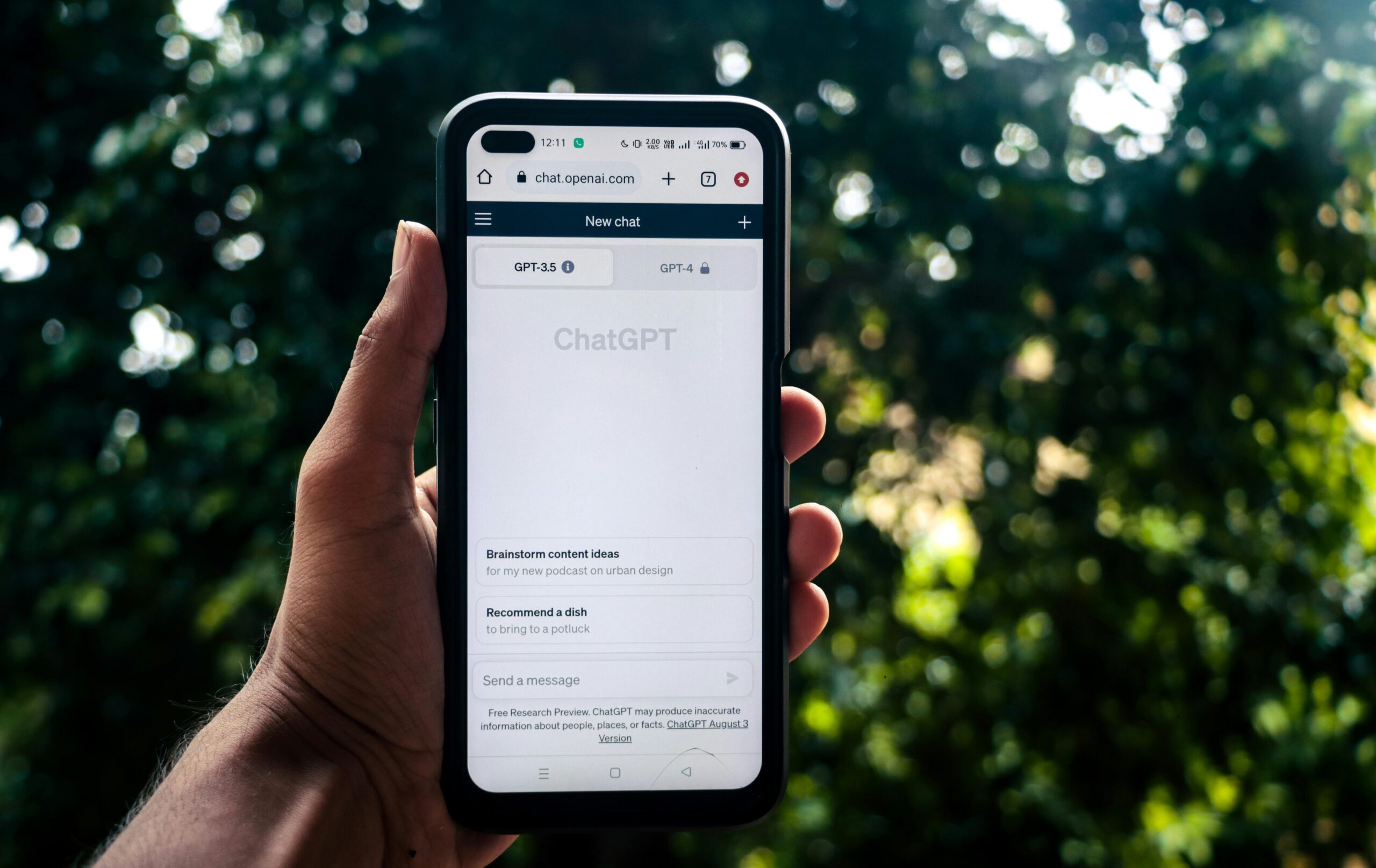
Despite the rapid adoption of large language models like OpenAI’s ChatGPT, few comprehensive studies have delved into exactly how the technology is being used in everyday life—that is, until now. Researchers, including those from OpenAI, have released a first-of-its-kind study that examines who is using ChatGPT and for what purposes, based on an internal analysis of 1.5 million conversations on consumer plans. The study, a working paper for the National Bureau of Economic Research, was co-authored by OpenAI’s Economic Research team and Harvard economist David Deming.
A key finding from the study reveals a significant shift in usage patterns. Non-work-related messages have surged to 73% in July 2025, up from 53% a year ago. In a social media post, OpenAI Chief Economist Aaron Chatterji said this trend signals that ChatGPT is becoming a core part of people’s lives.
Consumer and Work-Related Use Cases
The study found that consumer usage of the chatbot is largely focused on “getting everyday tasks done.” Three-quarters of the conversations analyzed fell into three broad categories: “practical guidance, seeking information, and writing.” Practical guidance was the most common use case, encompassing requests for tutoring, how-to advice, and creative ideation.
For work-related messages, writing was the most common use case, accounting for 40% of such messages in June. The study also noted that roughly two-thirds of all writing messages involved editing, critiquing, and translating existing text, rather than writing something from scratch.
The study also categorized usage into “Asking, Doing, and Expressing.” About half of all messages fell into the “Asking” category, suggesting that people value ChatGPT most as an advisor. However, for work-related messages, about 56% were classified as “Doing,” meaning the chatbot was used to perform specific job tasks. Researchers noted that this use of AI to help improve the judgment and productivity of workers, rather than to replace their jobs entirely, is a key trend, especially in knowledge-intensive occupations.
Demographics of a Growing User Base
The study noted that as of July, ChatGPT’s user base had grown to 10% of the world’s adult population. The demographic breakdown of these users has shifted dramatically since the chatbot’s early days. In January 2024, only 37% of users had typically feminine names, but by mid-2025, that gender gap had narrowed significantly, with female adoption becoming consistent with the general adult demographics.
ChatGPT has also become more accessible globally, with especially rapid growth in low- and middle-income countries. As of May 2025, the adoption growth rates in the lowest-income countries were more than four times higher than in the highest-income countries. The study’s findings come as ChatGPT faces increasing competition from rivals like Elon Musk’s XAI and Google’s Gemini, which recently surpassed ChatGPT to take the top spot among free apps on Apple’s App Store, thanks to the viral “Nano Banana” image editor model launched in August.
Author’s Opinion
This study is a valuable shift in the conversation about AI, moving it from the realm of existential fear and sci-fi to the reality of its practical, everyday utility. The finding that most people use ChatGPT for simple tasks like editing text or seeking advice suggests that the technology’s most immediate and widespread impact will be in augmenting human productivity, not replacing it wholesale. The fact that the gender gap is closing and adoption is skyrocketing in low- and middle-income countries signals that AI is becoming a truly democratizing technology. It’s a reminder that while the industry focuses on “superintelligence,” the real-world value is being created in the mundane, day-to-day interactions that make life just a little bit easier for millions of people around the globe.
Featured image credit: Sanket Mishra via Pexels
For more stories like it, click the +Follow button at the top of this page to follow us.
